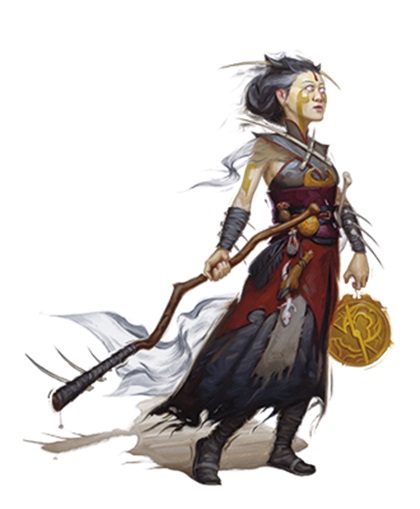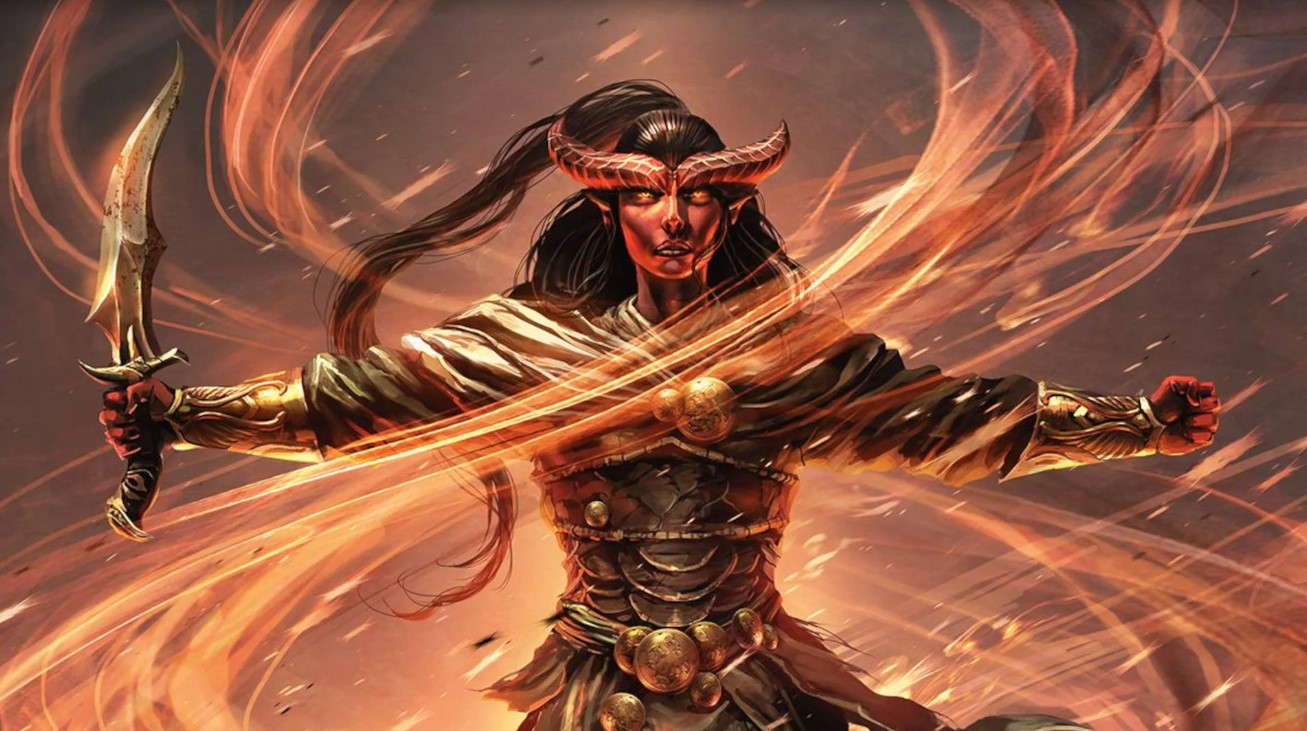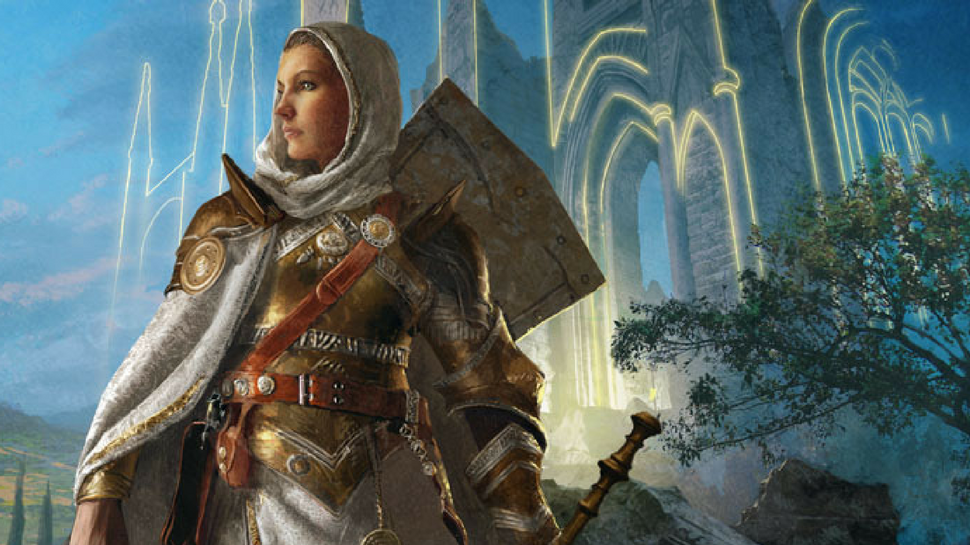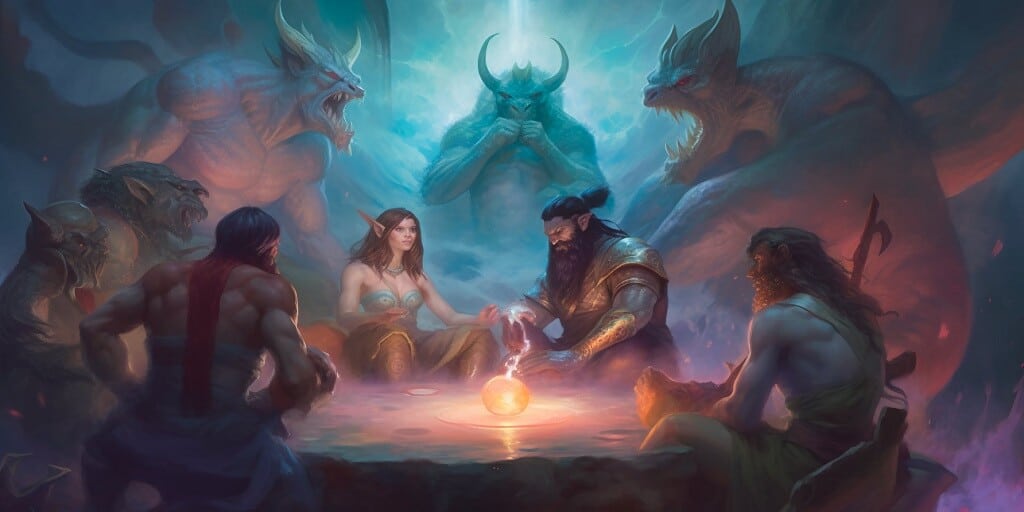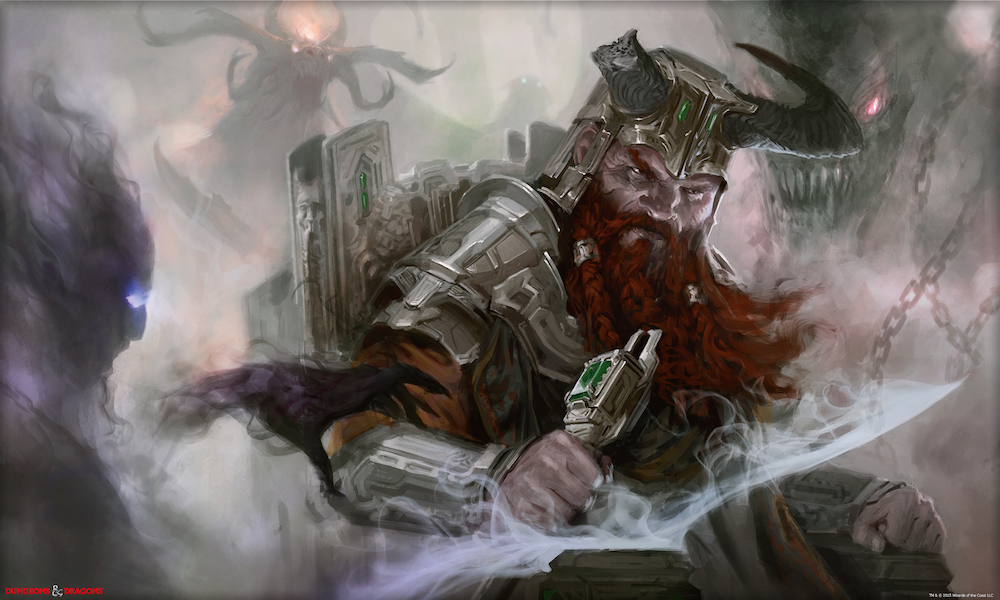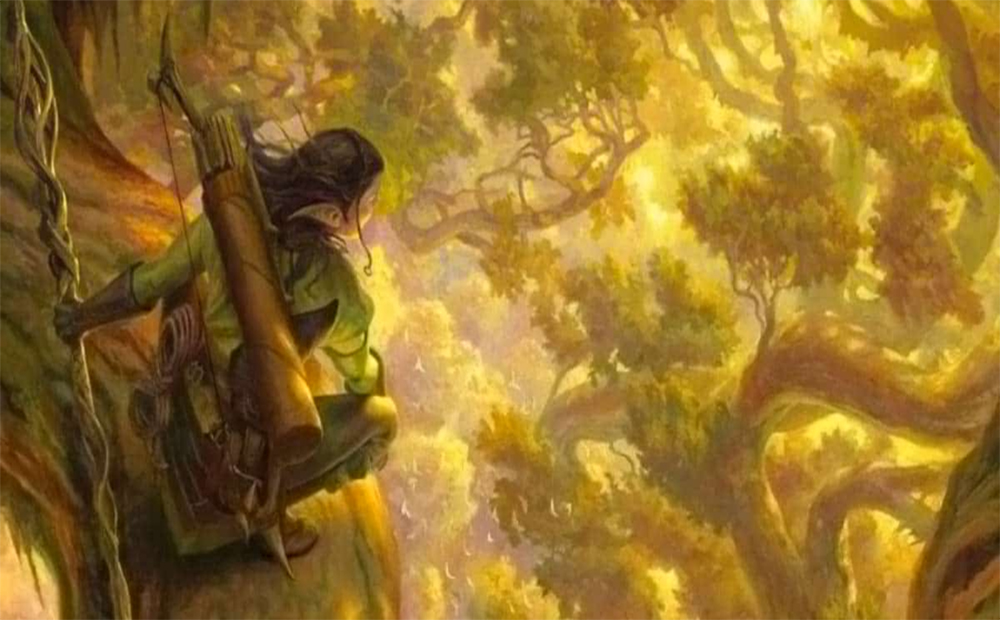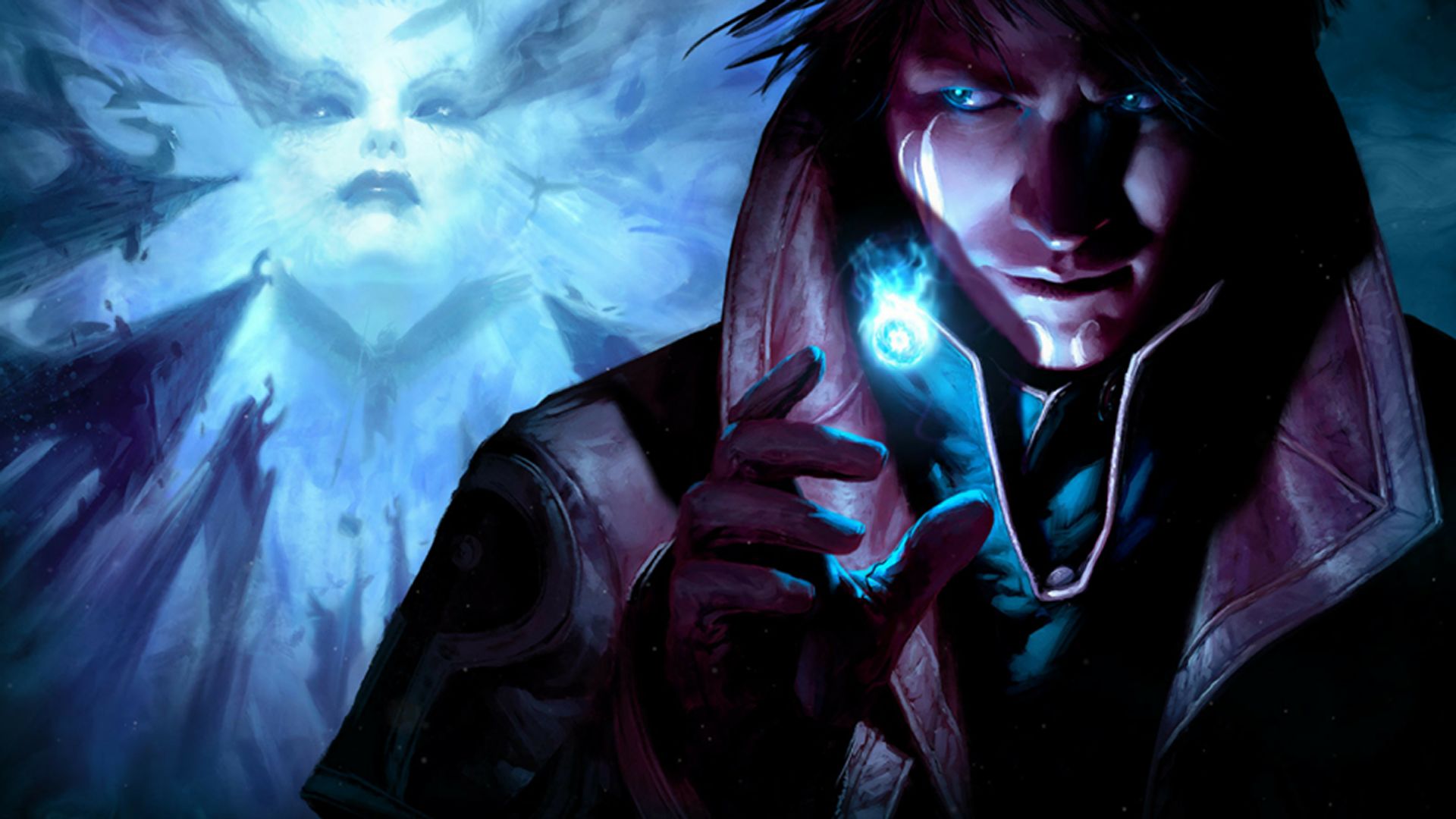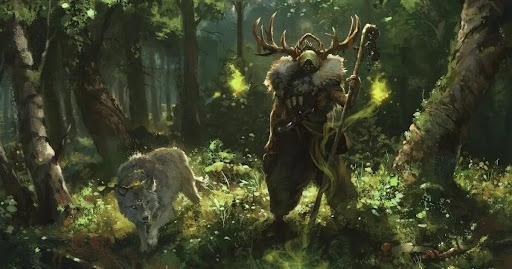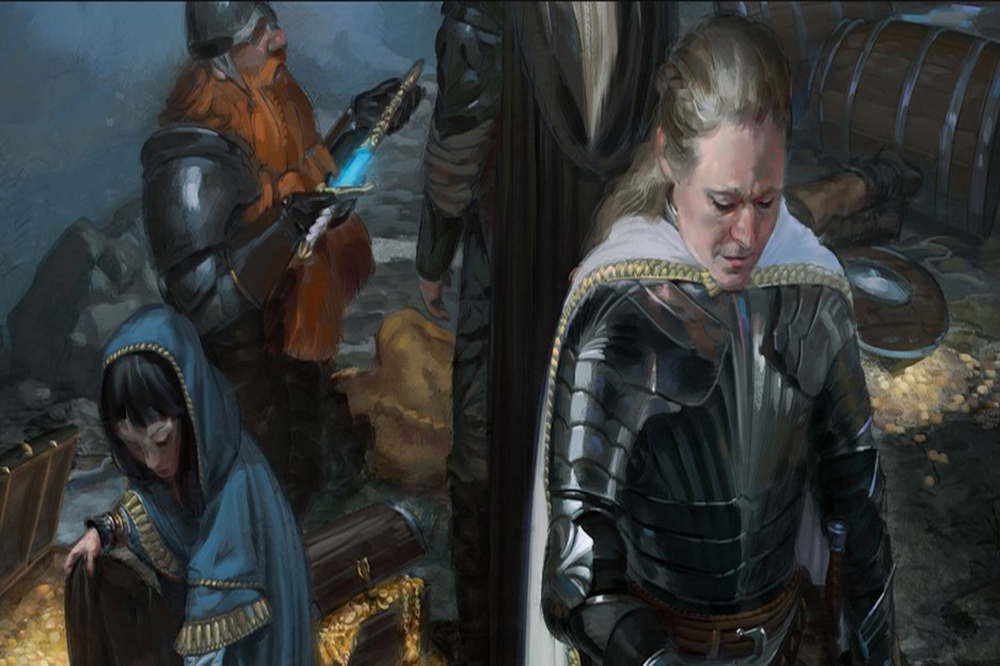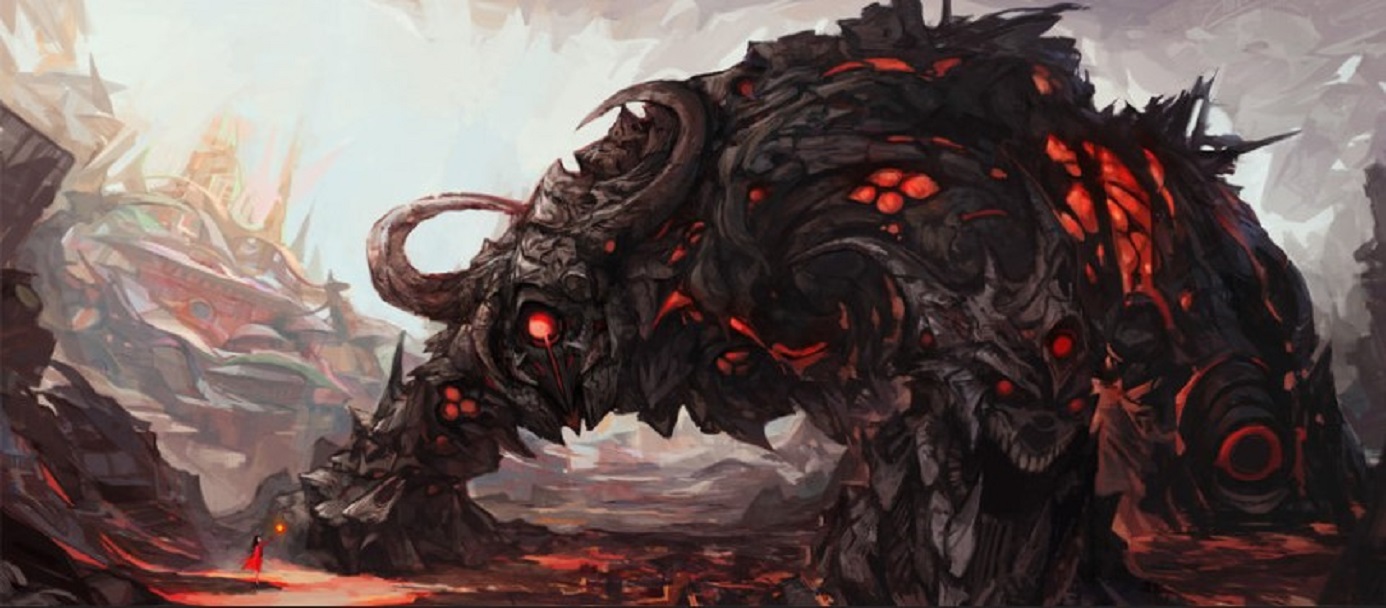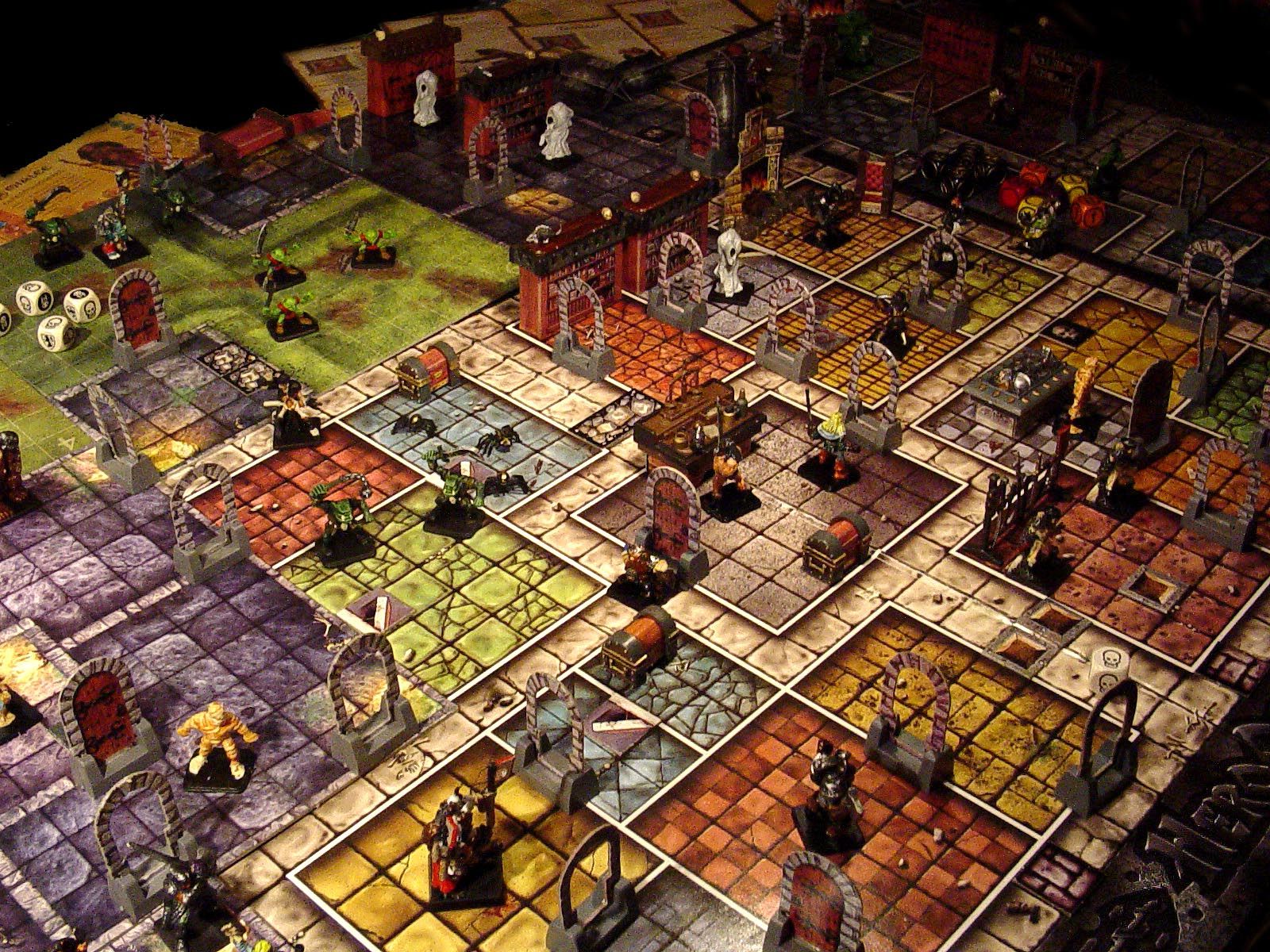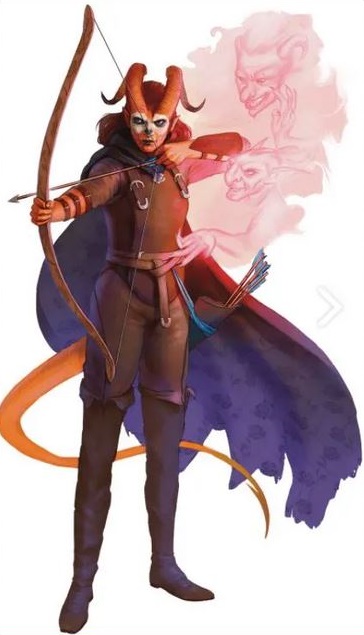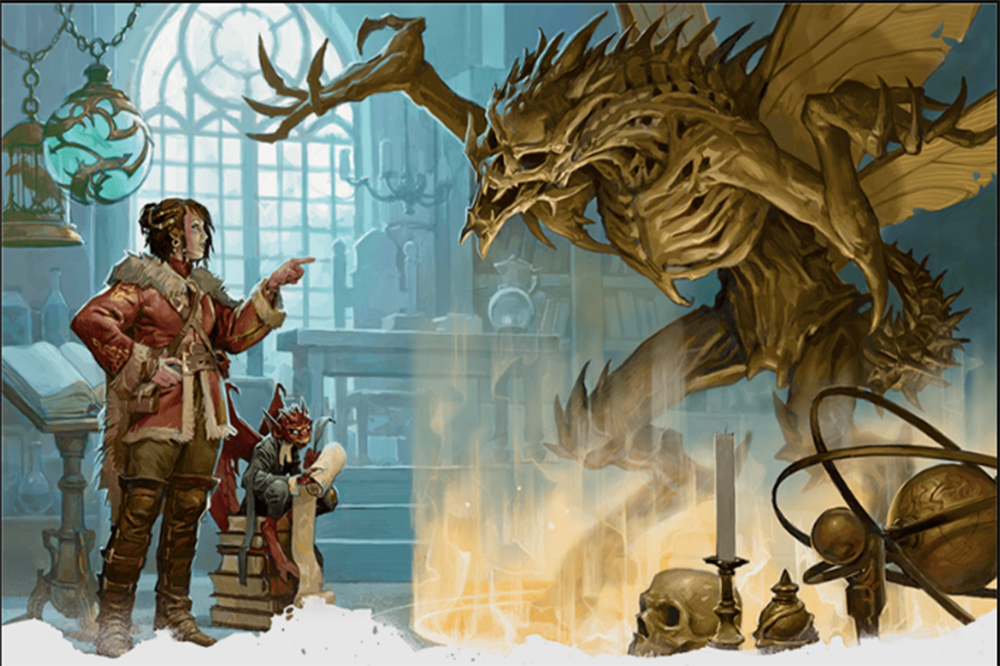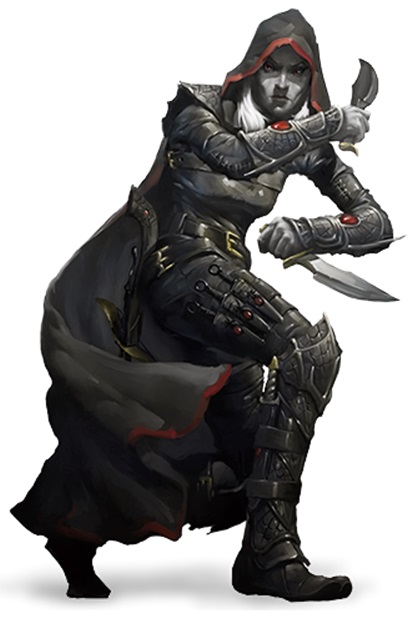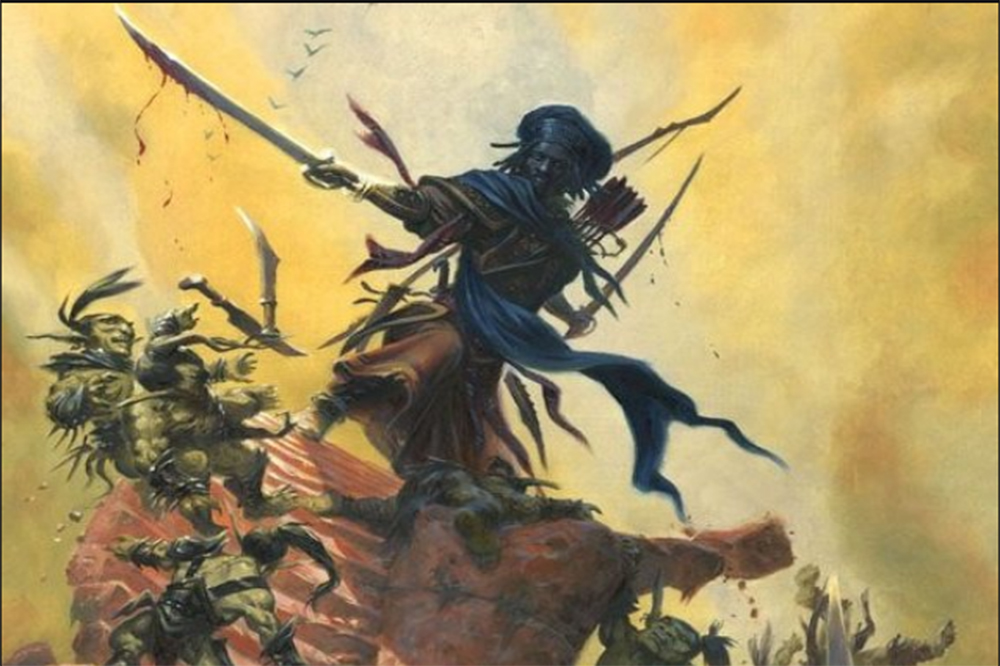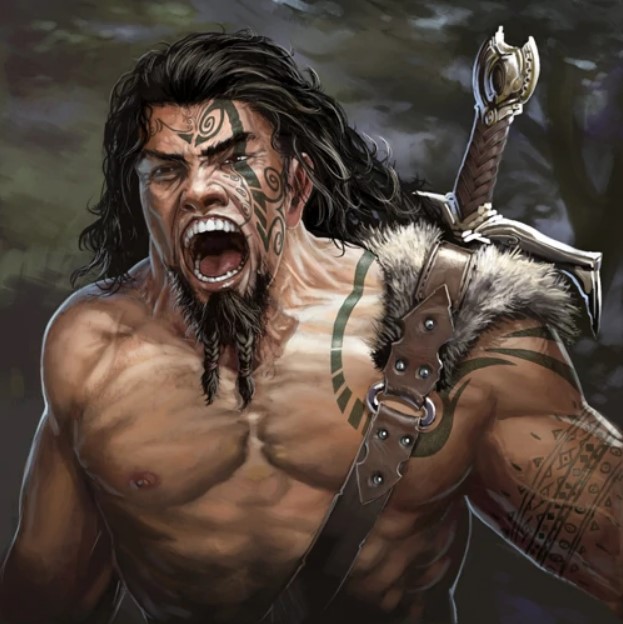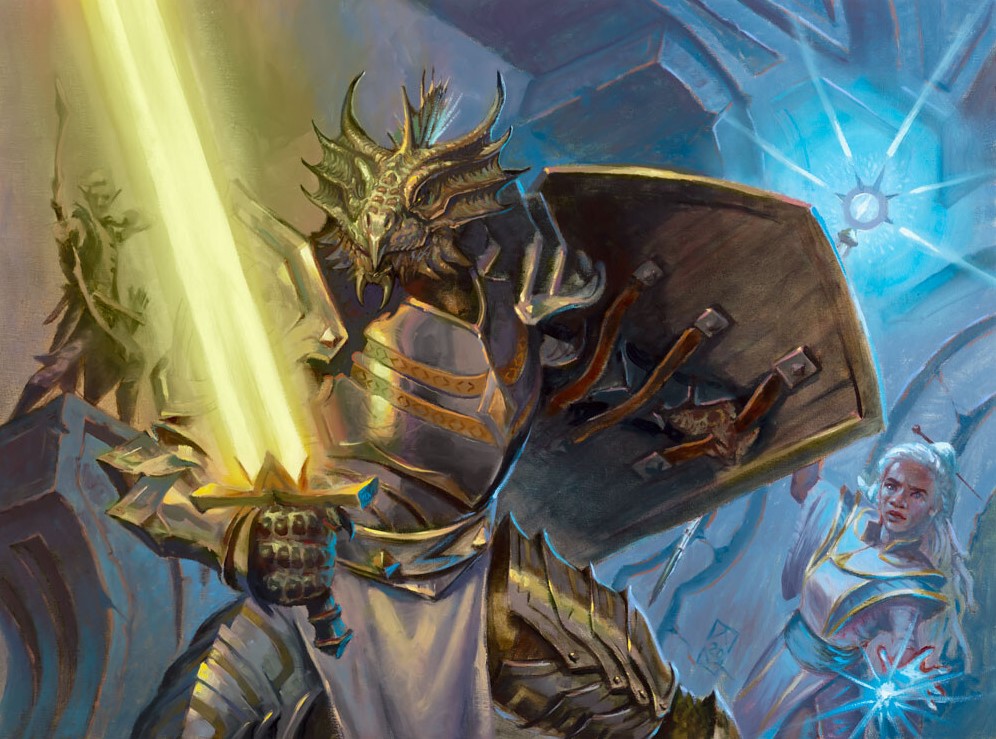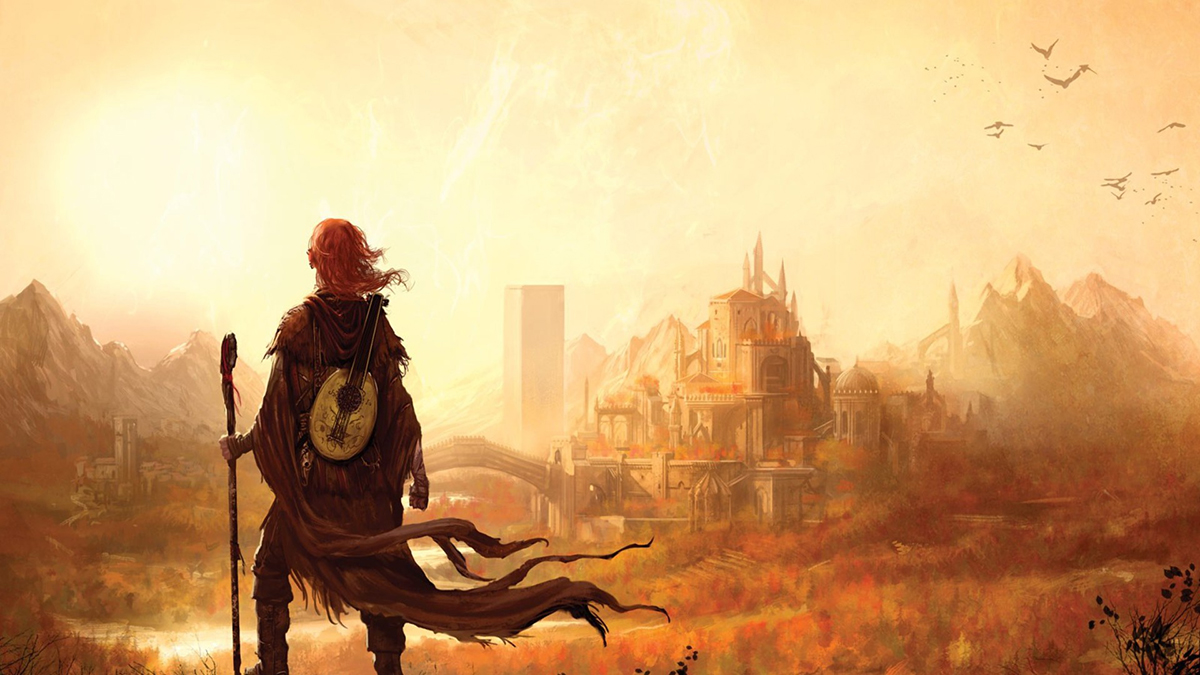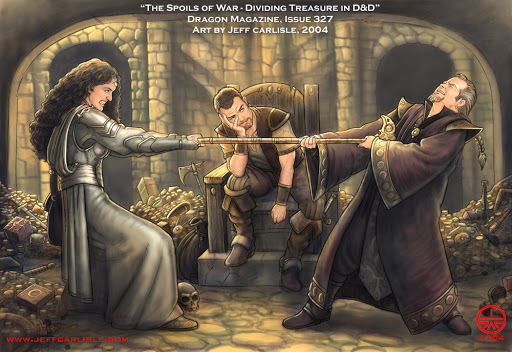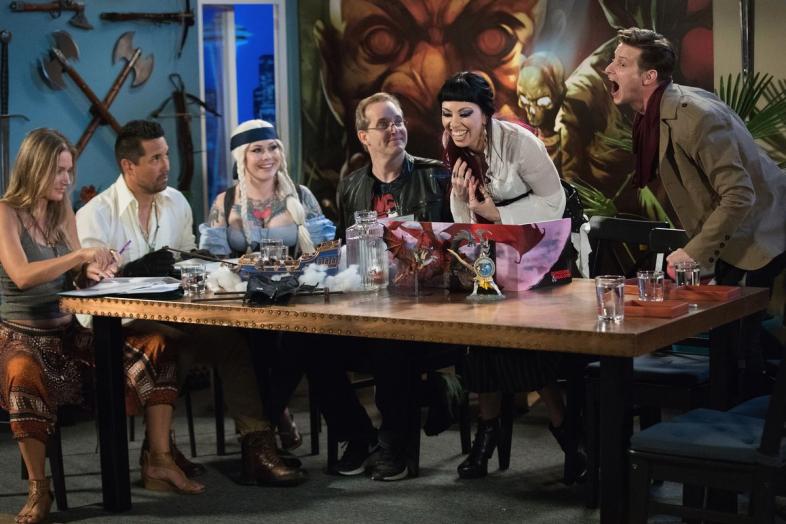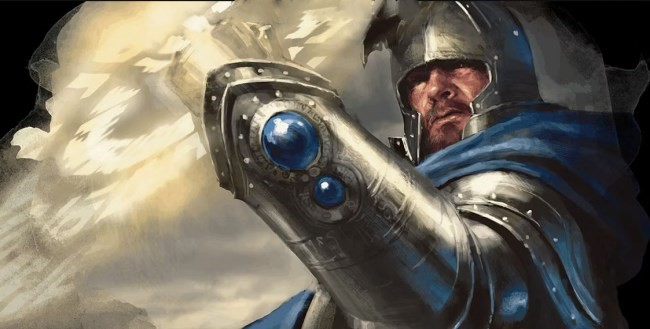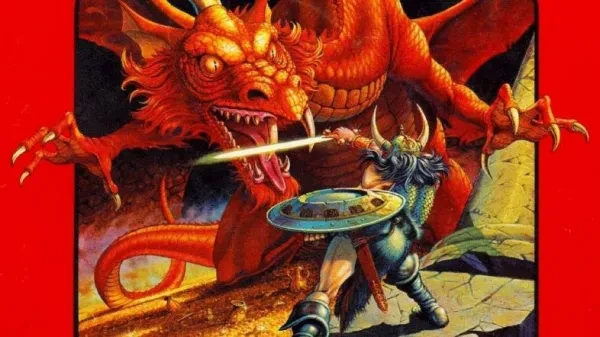
How did the great storytelling game come to be?
Dungeons and Dragons is a fantasy tabletop RPG that we enjoy over 40 years after it began. It continues to be a groundbreaking game that defines a genre. Since Dungeons and Dragons changed the way we game, countless others have attempted to emulate or borrow from that success. Your bookshelf full of tabletop games and your digital game library both owe a lot to the world's greatest role-playing game.
Here's a (not that) brief overview of the history of Dungeons and Dragons.
1. Gary Gygax and David Arneson came together to design a fantasy roleplaying game now called Dungeons and Dragons.
2. Work on the game began as early as 1970, with Gygax and Arneson pooling their vast gaming experience to design a new kind of game-world simulator.
3. The game's combat system drew inspiration from Chainmail and other favorite wargames of the day.
4. Most Wargames of the day focused on whole armies. Armeson wanted to focus on individuals in combat.
5. Originally a medieval combat simulator, Gygax created rules for fantasy combat.
6. During playtesting, Armeson added many familiar concepts to the game: classes, experience points, level advancement and armor class.
7. Legend has it that Gygax's' daughter Cindy chose the name of the game from a list at two years old.
8. Dungeons and Dragons was first published in 1974 by Tactical Studies Rules, Inc. (TSR), owned by Gygax. You could buy the original game at specialist hobby stores as a three pamphlet box set.
9. Dungeons and Dragons style was a unique blend of cultural trends of the day. Radio drama, improvisation theatre, fantasy-oriented board gaming, and game-world simulation all inspired the game we know and love.
10. D&D blends mythologies, fiction, history and pulp fiction into a brilliantly thematic game world. That identity has had impressive thematic growth over the years, incorporating countless sources of inspiration.
11. After the game's release, many elements changed due to pressure from Tolkien Enterprises. ‘Hobbit' was changed to ‘Halfling,' ‘Ent' was changed to ‘Treant,' and ‘Balrog' to ‘Balor.'
12. Armeson and Gygax built the games remarkable magic system on the one in Jack Vance's Dying Earth series.
13. The ‘Law, Neutrality and Chaos' system of alignment derives from Poul Anderson's Three Hearts and Three Lions. It has evolved over the years into the standard that it is today.
14. The game quickly expanded in popularity, first amongst hobbyist gamers and then a larger population of college and high school students.
15. For the next printing, TSR took on their controversial ‘two-pronged' approach. There would be two product lines, a simplified product for non-gamers and a comprehensive product for game hobbyists. The latter product would be called Advanced Dungeons and Dragons (AD&D).
16. In 1976 TSR began publication of a magazine, Dragon, to replace The Strategic Review. This new zine drove the pulse of D&D by regularly informing players about the game.
17. The Player's Handbook, Dungeon Master's Guide and Monster Manual all became available for AD&D between 1977 - 1979. The OD&D box set was still available at this time as it had a healthy demand.
18. AD&D 2 came to shelves in 1989. AD&D 2 featured three core rulebooks with many supplements. The primary designer for AD&D 2 was David "Zeb" Cook.
19. Game elements that had attracted negative publicity, such as demons and assassins, were removed in this edition. The game's focus shifted from its Sword and Sorcery roots into more medieval and mythological themes.
20. TSR was on the brink of bankruptcy in 1997. Wizards of the Coast bought the company that same year. Wizards of the Coast also owns Magic the Gathering. They developed a D&D based crossover of the two games.
21. It took three years, but D&D 3rd edition was released in 2000.
22. The basic and advanced editions merged into a new product, which would become the basis for the D20 system. The D20 system and Open Gaming License (OGL) are both the basis for other RPG systems.
23. 3rd edition saw a considerable increase in both consistency and depth. Rules for character creation and combat were streamlined and unified. The goal was to let players make the characters and roles they wanted to play.
24. Several new rules and rules clarifications appeared in this edition. Skills and Feats were introduced to widen player options for customization.
25. Edition 3.5 was released three years later in 2003. It contained a vast number of rules updates and minor changes aimed at improving quality of play.
26. In Total, Wizards published 72 rulebooks for editions 3/3.5. 12 of them were part of the core rulebooks. There is no D&D quite as expansive as 3e.
27. The last paper issue of Dragon (#359) was released in August 2007. Wizards continued the numbering in an online digital format.
28. WotC decided they wanted a faster, more fun D&D for a modern audience. D&D 4e was announced at GenCon 2007 and released on June 6, 2008.
29. This edition of the game was focused on parallel class design and balanced gameplay. Even non-casters often had spell-like abilities, which was a controversial move at the time.
30. On January 9th, 2012, Wizards of the Coast announced it was working on the D&D 5th edition. Public playtesting began in March of that year. The playtest name was D&D Next
31. Dungeons and Dragons 5e was released two years later in the second half of 2014, game’s 40th anniversary.
32. To date, there are hundreds of RPG systems in countless universes. The fire started by Dungeons Dragons over 40 years ago has been raging ever since.
You may also be interested in:


